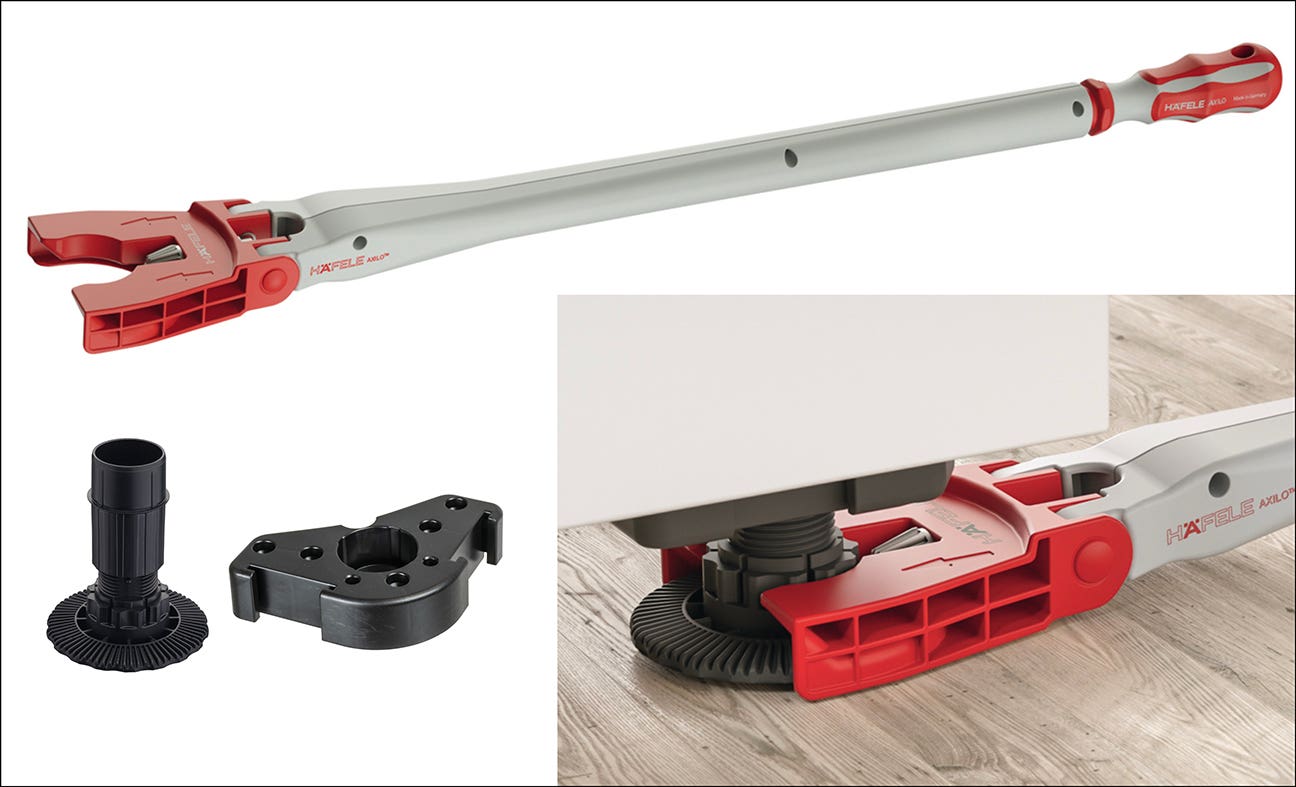A handyman’s guide to building a business
Growing up in the 70s, I was a regular viewer of the private detective shows. Cannon, Mannix, Barnaby Jones were all pretty good, but for my money no one could touch Jim Rockford in the Rockford Files.
Growing up in the 70s, I was a regular viewer of the private detective shows. Cannon, Mannix, Barnaby Jones were all pretty good, but for my money no one could touch Jim Rockford in the Rockford Files.
He was tough, smart and resilient. The guy took a beating and had his trailor blown up or ransacked nearly week. He couldn’t catch a break, yet always solved the case. But what I remember most is that he charged $200 a day, plus expenses. He seldom collected, but he had the gall to do it. I assumed that was the going rate for a private investigator, and a bargain since he often was shot at, kidnapped and had his groceries thrown to the ground and stomped on by the big, ugly bad guys. That was just mean.
What to charge is a common question amongst woodworkers, especially when they are just starting out. My latest YouTube obsession is watching handymen discuss their business practices and it’s been interesting to learn about their early years when they purposely undercharged to build a client base. They went in with a plan to charge a modest price, complete the job in a professional manner and ultimately exceed the client’s expectations.
A handyman business is built on relationships with property managers and homeowners, who will provide repeat business and referrals if they’re happy with the work. Miss an appointment, leave a mess or do shoddy work and you’re reputation will suffer. Once the business is established, often taking a couple years, the handymen are able to charge more and be somewhat more selective about whom they work for and the jobs they undertake.
A handyman needs to be proficient at a range of skills – plumbing, electrical, drywall, roofing, construction and more. But I was surprised at how many simple tasks they are called upon to complete. Reconnect the pipes under the sink, hang a light fixture, fix the lock on the front door … worth $200 to $300 for an hour’s work. That’s Rockford money.
Another key to their success is working in neighborhoods with high-end homes, where fixing a fence leads to building cabinets for the mudroom and a basement remodel. Also, having a mobile workshop, stocked with fittings, screws and cordless tools, seems to be of upmost importance.
These handymen have hit upon the marketing phenomenon that is YouTube. While I gather their audience is mostly do-it-yourselfers looking to improve their skillsets, prospective customers are also watching. I see an opportunity for cabinetmakers to create more YouTube channels, as what currently exists is rather amateurish in terms of project complexity. Focus on the business of woodworking and you might be on to something.
Rockford was a lousy businessman and an aggressive price setter. Adjusting for inflation, today he’d be making $900 a day, plus expenses, probably enough to cover his hospital bills.
This article originally appeared in the December 2017 issue.







